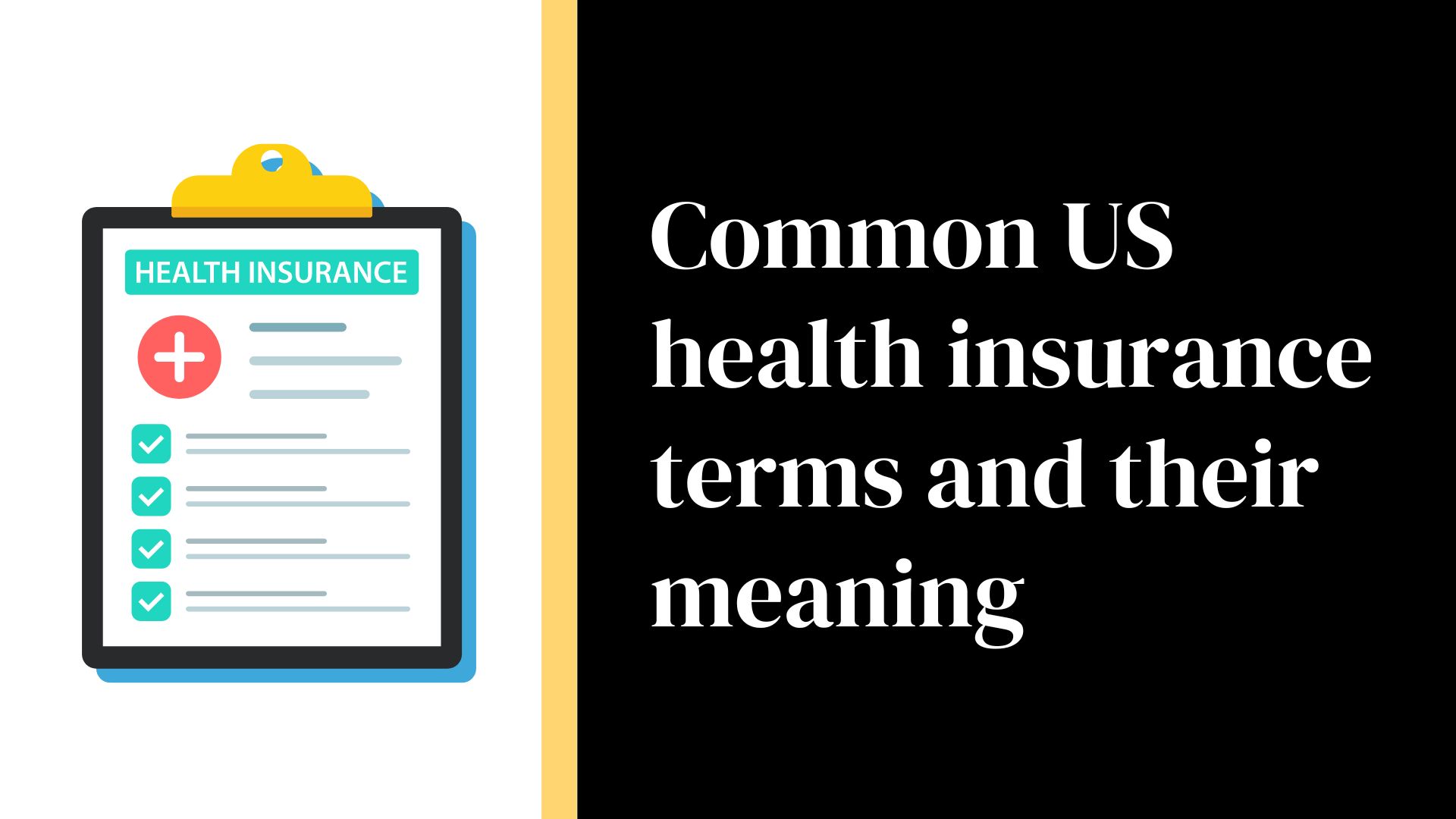Health insurance in the US
In the US, health insurance plays a critical role in ensuring access to healthcare, protecting against financial hardship, promoting preventive care and complying with legal requirements.
Under the Affordable Care Act (ACA), most Americans are required to have health insurance coverage, either through their employer, a government program like Medicare or Medicaid, or by purchasing a plan through the health insurance marketplace. Many employers offer health insurance as part of their employee benefits package.
Moreover, access to employer-sponsored health insurance can be a significant factor for individuals when choosing where to work, and it helps employers attract and retain talented employees.
Types of health care provider arrangements
- Exclusive providers – Enrollees must go to providers associated with the plan for all non-emergency care in order for the costs to be covered.
- Any providers – Enrollees may go to providers of their choice with no cost incentives to use a particular subset of providers.
- Mixture of providers – Enrollees may go to any provider but there is a cost incentive to use a particular subset of providers.
Common health insurance terms
Benefit – this is the amount payable by the insurance company to a plan member for medical costs.
Benefit level – this is the maximum amount that a health insurance company has agreed to pay for a covered benefit.
Benefit year – usually this is the 12-month period for which health insurance benefits are calculated.
Premium – the amount of money you pay for your health insurance every month.
Deductible – the amount of money you need to pay out of pocket before your insurance kicks in.
Coinsurance – the percentage you pay for the cost-covered healthcare services after you’ve met your deductible.
Network – a group of doctors, hospitals, labs and other providers that your health insurance contracts with so you can make visits at a pre-negotiated (and often discounted) rate.
Copayment/Copay – a predetermined dollar amount you pay for visits to the doctor, prescriptions, and other health care services.
In-Network Out-of-Pocket Maximum – this is the threshold on your out-of-pocket costs for the year. Once you’ve reached this amount, your plan will cover the rest of your qualified medical expenses for the plan year.
Medicare – this is a health insurance program created in 1965 that provides health benefits to low-income individuals who cannot afford Medicare or other commercial plans. Medicaid is funded by the federal and state governments, managed by the states.
Medicaid – the federal health insurance program that provides health benefits to Americans aged 65 and older. Medicare has two parts; Part A, which covers hospital services, and Part B, which covers doctor services.
An experienced Employer of Record partner can provide full legal guidance and tailored healthcare administration for employees while ensuring compliance with state labor laws.
Disclaimer: This post is provided for informational purposes and should not be considered legal advice, the final word on this topic or a political opinion.
